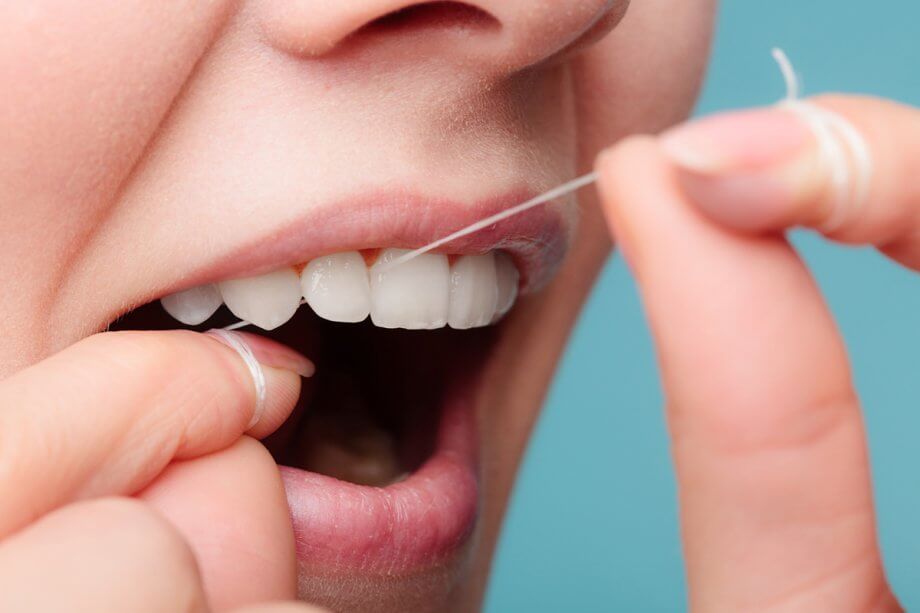Brushing and flossing your teeth each play a role in protecting your oral health and should be part of your daily oral hygiene routine. Unfortunately, many tend to focus on brushing while overlooking the power of flossing. This can lead to major oral health issues down the road.
Here is your complete guide to flossing teeth.
Why is Flossing So Important?
Your toothbrush is incredible. It removes food particles, plaque, and bacteria that have found their way onto the surface of your teeth. But it cannot reach every space within your mouth regardless of how thoroughly you brush.
Those hard-to-reach areas are where floss shines.
With regular flossing, you can remove plaque and debris from areas your toothbrush couldn’t reach, such as between your teeth. It also aids in:
- Improving gum health
- Boosting your overall health
- Freshening your breath
- Maintaining good oral health
Flossing just once each day can allow you to reap these benefits.
How to Properly Floss Your Teeth
Many people shy away from flossing because they aren’t sure how to do it — or if they are doing it right. While your dentist can always give you a quick lesson on how to floss, here are a few steps to follow:
Step One: Prepare Your Floss. You don’t want to skimp when using floss as it is easier to handle when you give yourself some space. So, grab about 12 inches or so of floss and wrap the ends of it around the middle finger on each hand. You will want to leave a couple of inches of floss open between them.
Step Two: Guide the Floss. Next, you will gently slide the floss in between the teeth. This should be done using a gliding motion, almost as if you are sawing the two teeth apart from one another. Go slow – and avoid being aggressive as it can harm your gums.
Step Three: Flossing. Once the floss is between the teeth, you are going to begin flossing. You do this by curving the string around one tooth and hugging the sides. Go up and down as you are still gliding back and forth. Be sure to get down just below the gum line.
Once you finish the one side, begin hugging and flossing the other tooth.
Repeat these steps throughout your mouth.
Step Four: Rinse. You always want to rinse your mouth after flossing. Sometimes you can loosen particles that didn't make it all the way out with the floss. Swishing the water around your mouth can help to remove anything that has been left behind.
Frequently Asked Questions about Flossing
How often should I have a professional cleaning?
It is recommended that you should be visiting the dentist every 6 months for a routine cleaning.
Is a water flosser better than a traditional floss?
Both are effective at reducing plaque buildup, but studies seem to show that water flossers may actually remove more than traditional string floss.
Get On the Path to Oral Health
As the Clinical Director at the San Francisco VA Medical Center, Dr. Chui is dedicated to helping patients protect their oral health. While flossing every day can have tremendous benefits, it doesn’t replace routine care from your dentist.
If you want to get on the path to good oral health, perhaps it is time for a cleaning and dental exam at San Francisco Dental Wellness.
Contact us today at 415-781-1944 to request an appointment.

